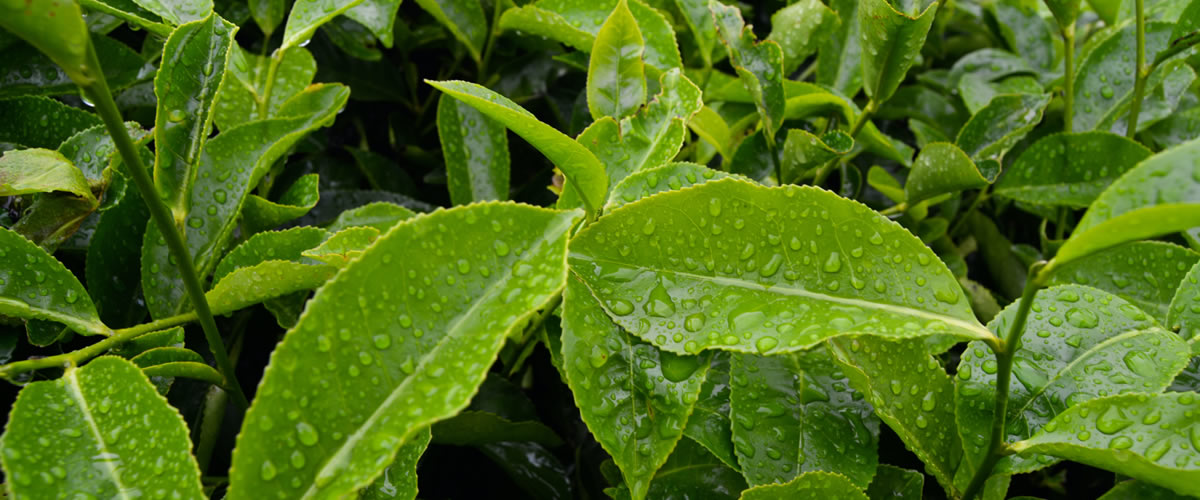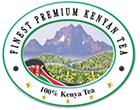Kenya tea growing areas are categorized into high potential, medium and low potential areas. Currently tea is grown in the high potential areas; on the highlands with an altitude of 1500 – 2700 meters above the sea level. These areas which are around the high grounds of Mt Kenya, Aberdare ranges, Nyambene Hills, and the plains of Kericho and Kisii have deep alluvial soils, while the mountains grounds have red volcanic soils, giving the teas produced some unique quality and taste.

Further, the growing regions are endowed with the right, ideal climate of the tropics and well distributed rainfall ranging between 1200 mm to 1500mm per annum interspersed with long sunny days which gives the tea bushes fast regrowth and regeneration after plucking.
To support tea development, the Tea Research Institute (TRI); has been undertaking high level research and development of tea clones suitable for different tea growing areas/ counties in Kenya. The Institute is engaged in vegetative propagation of high yielding clones which are well adaptable to varied ecological zones. The research has also developed cultivars which are resistant to diseases and pest’s infestation and drought tolerant. This has made new developed tea growing field achieve high survival rates of 80% and above.
The high, ecologically suitable areas where the tea is grown, act as deterrent to both disease and pests attack; thereby ensuring that Kenya tea is not sprayed with agrochemicals (agrochemicals free); and on fertilizers are added regularly to replenish the soils with nutrients. These combination of husbandry practices give Kenyan tea high productivity and quality is currently among the highest in the world.




